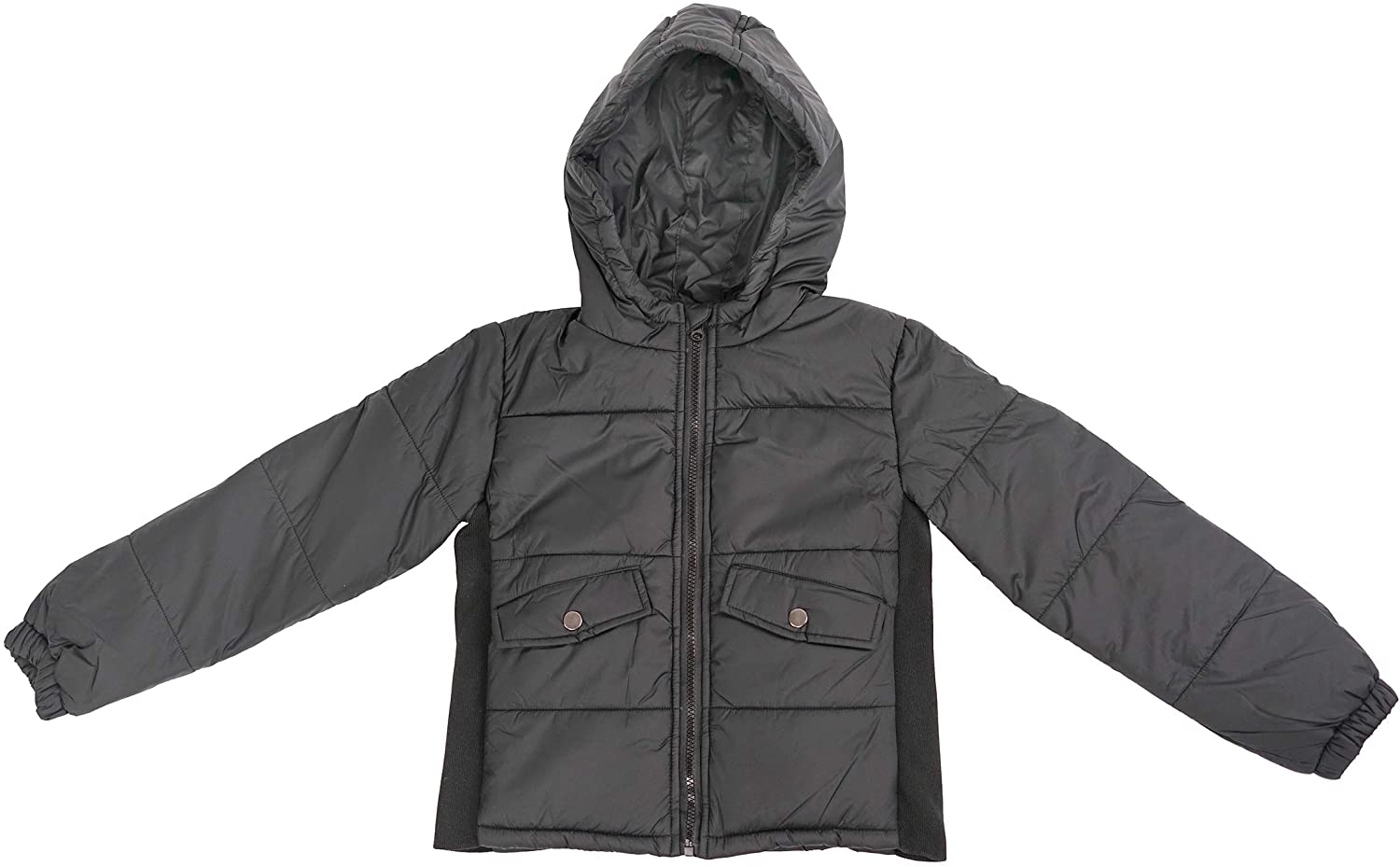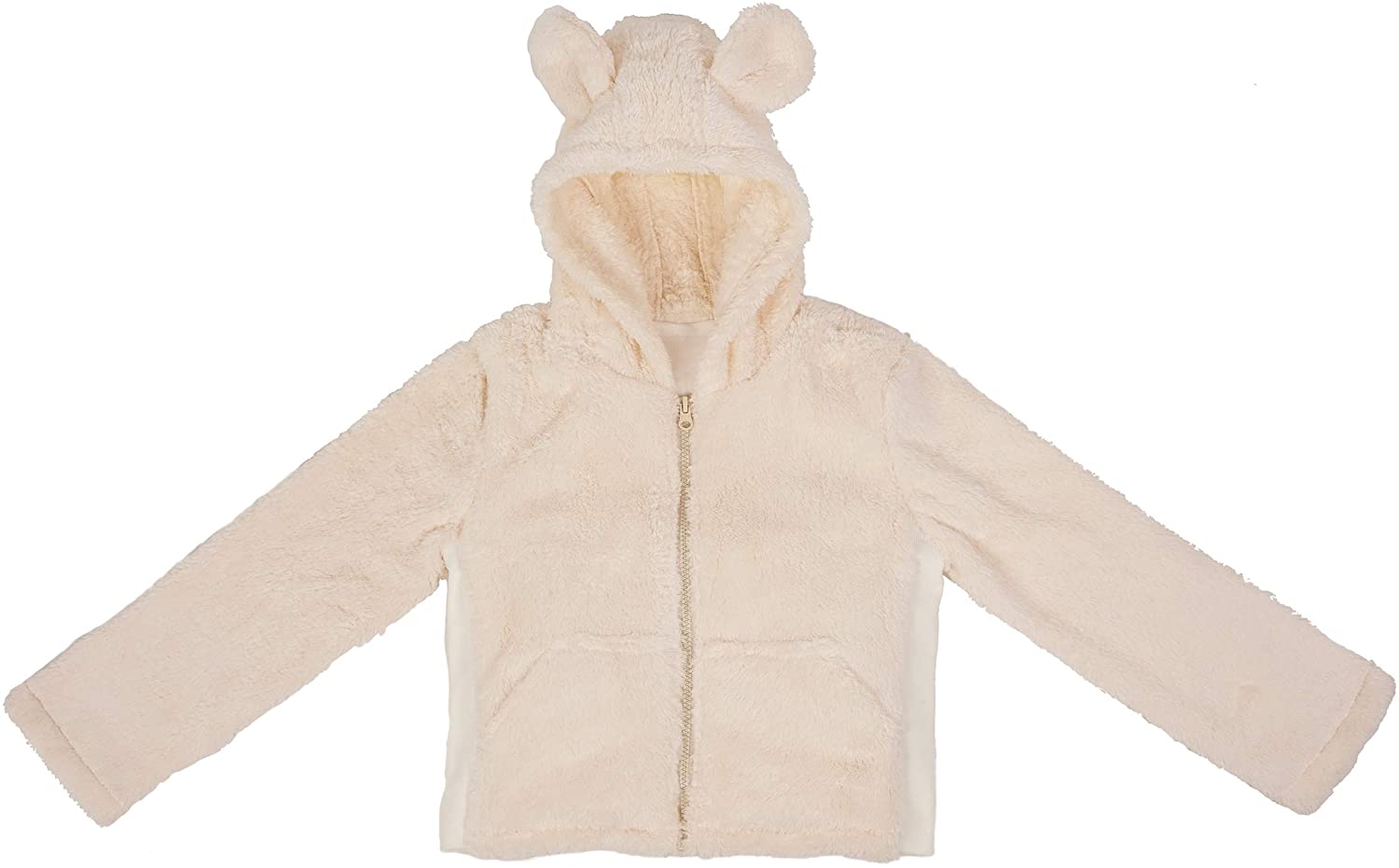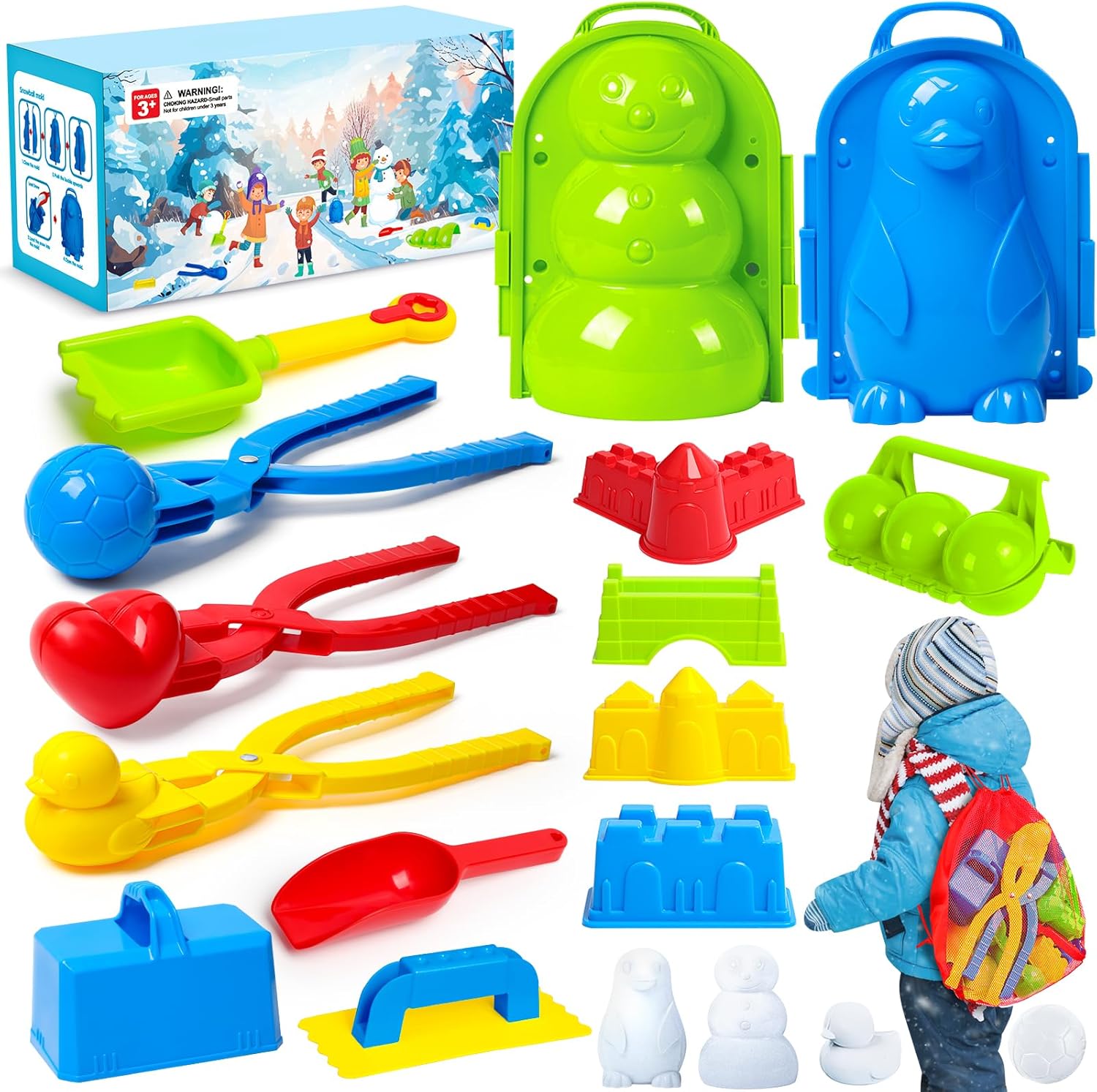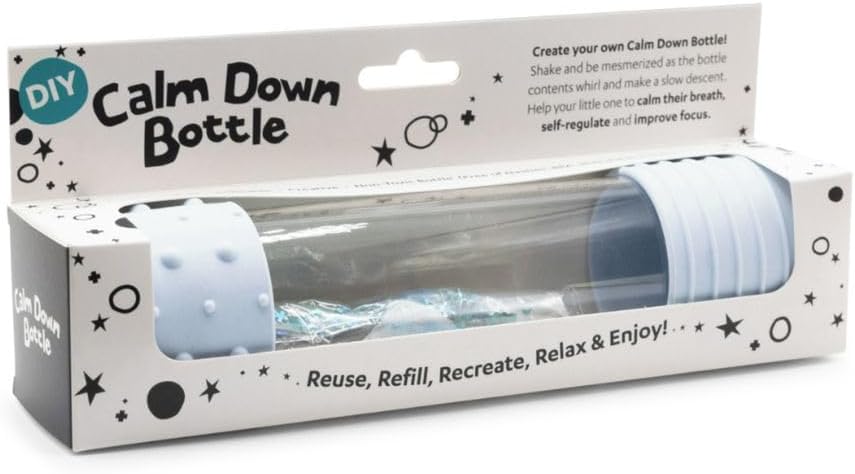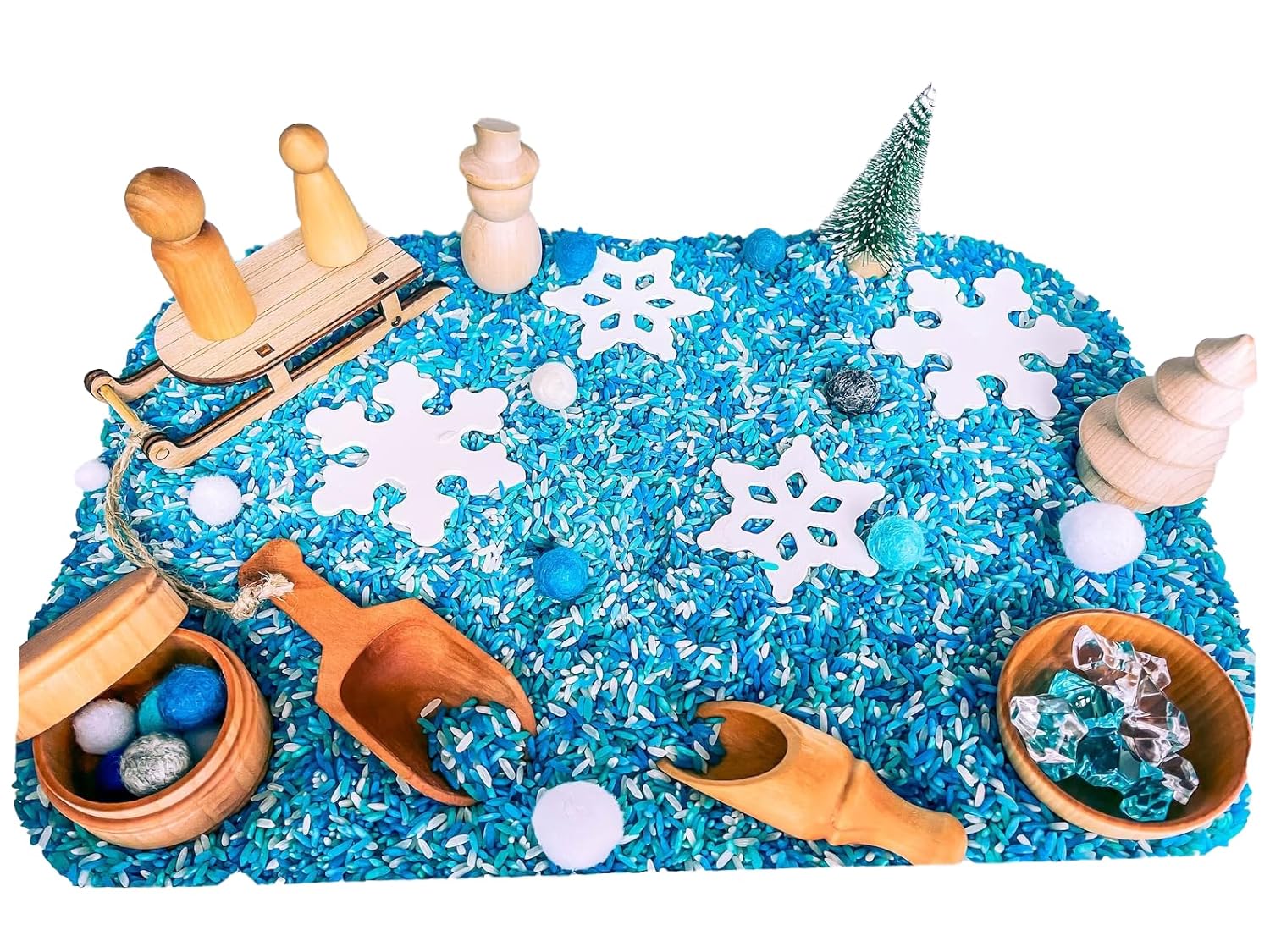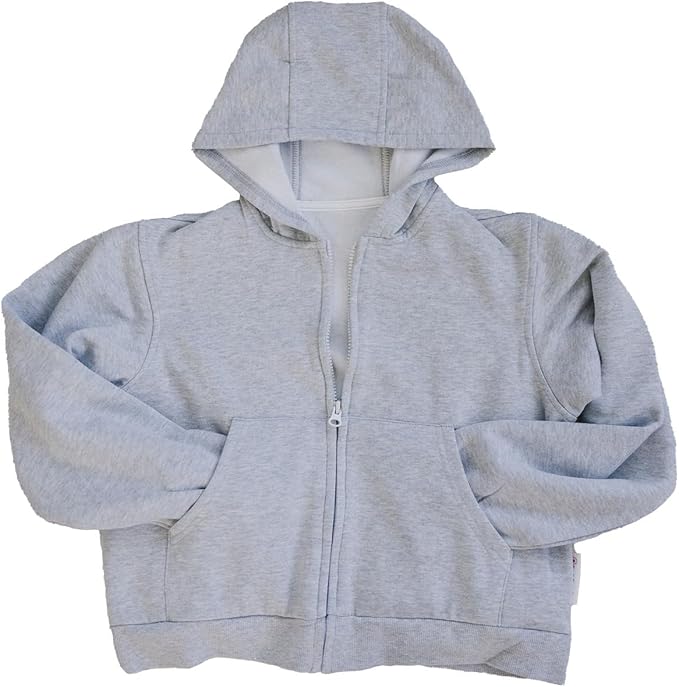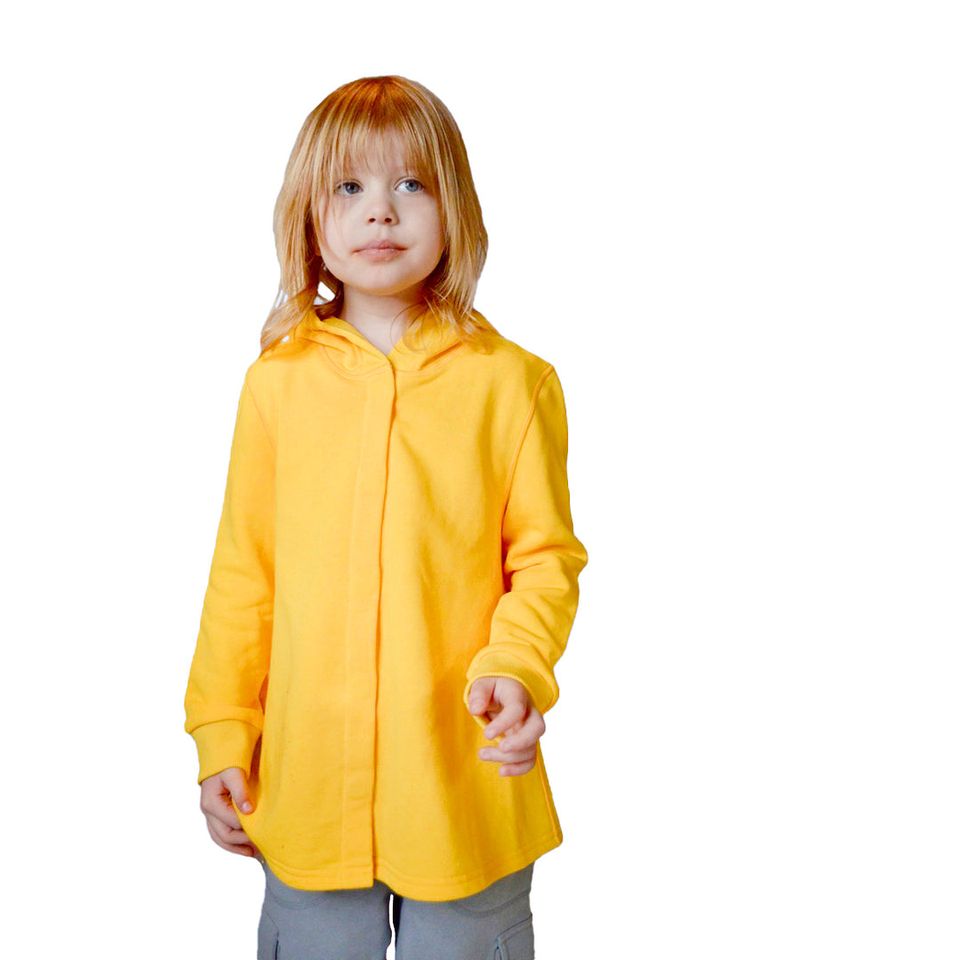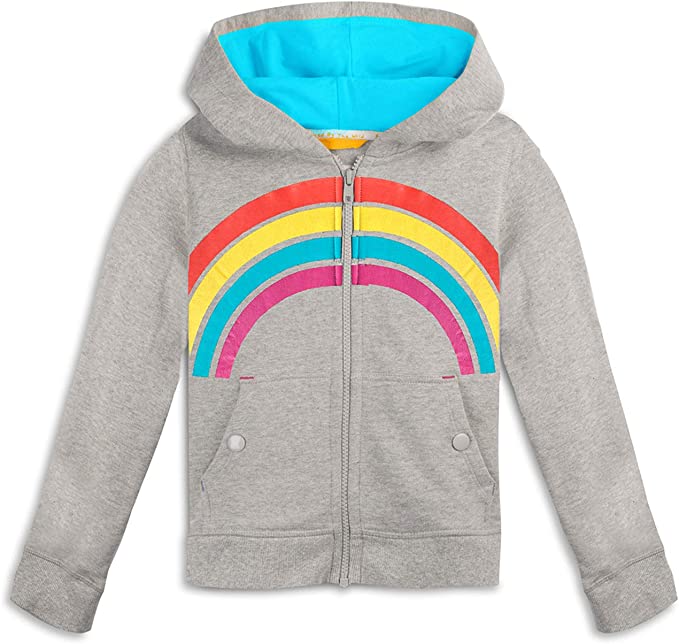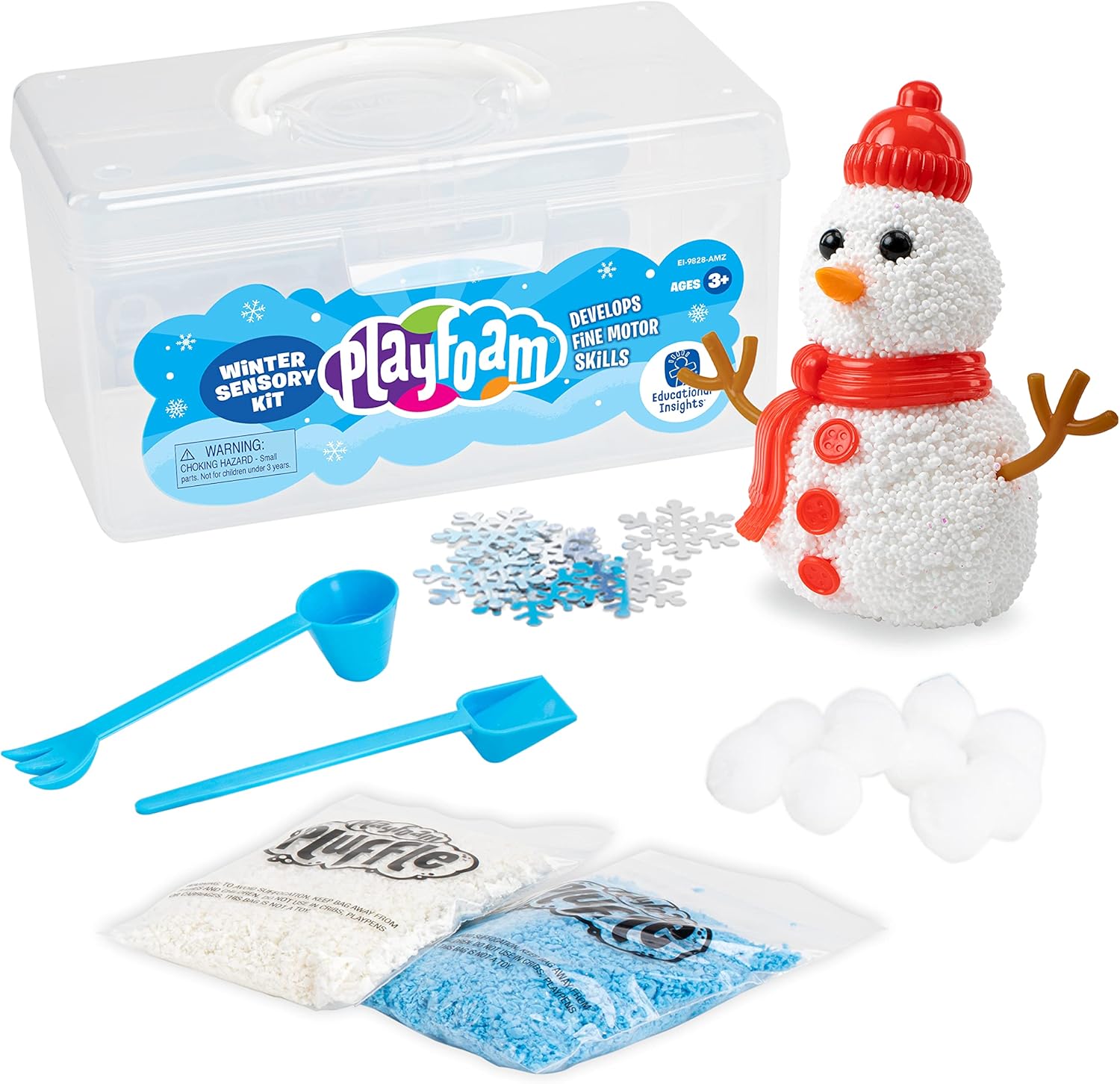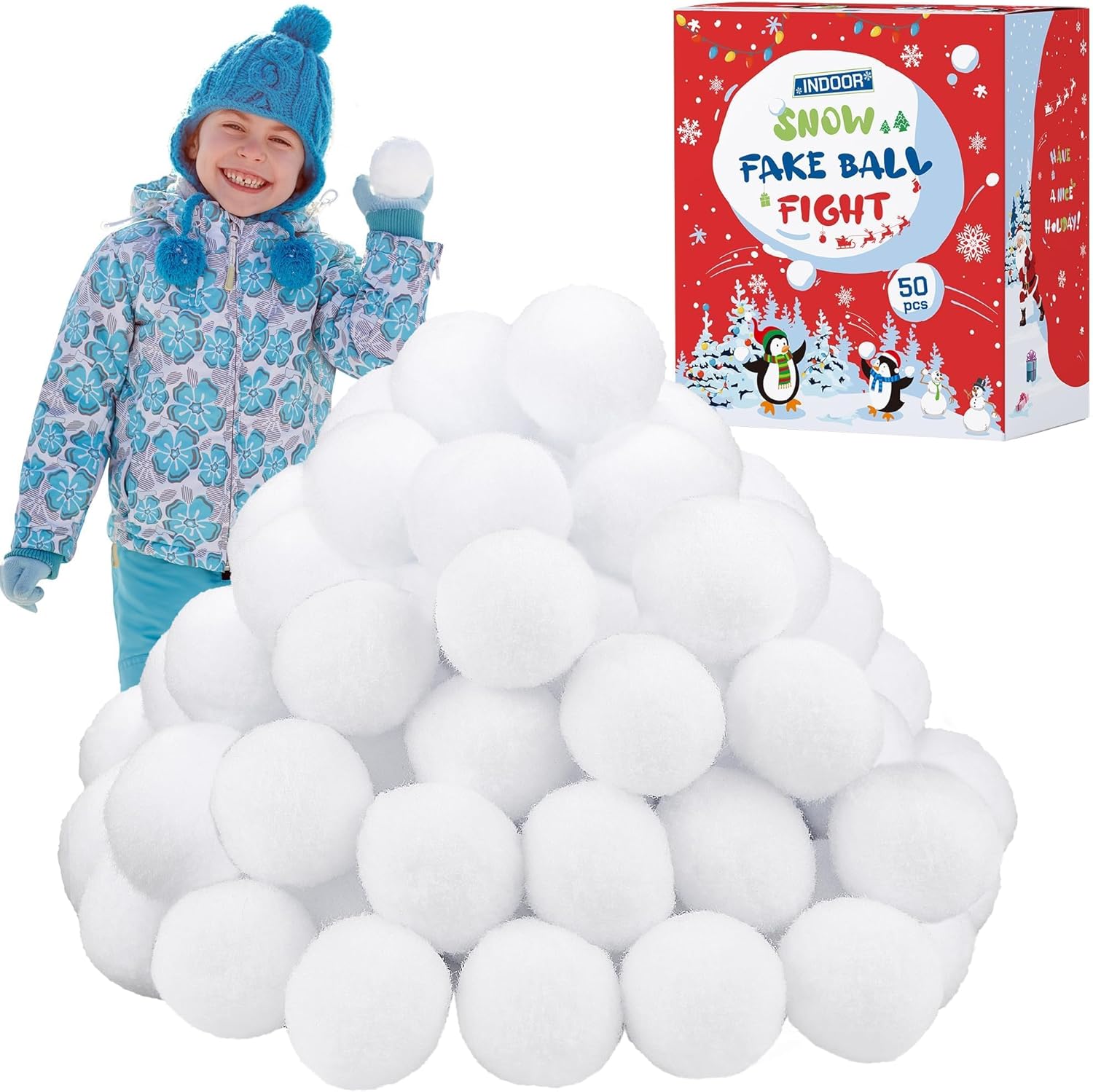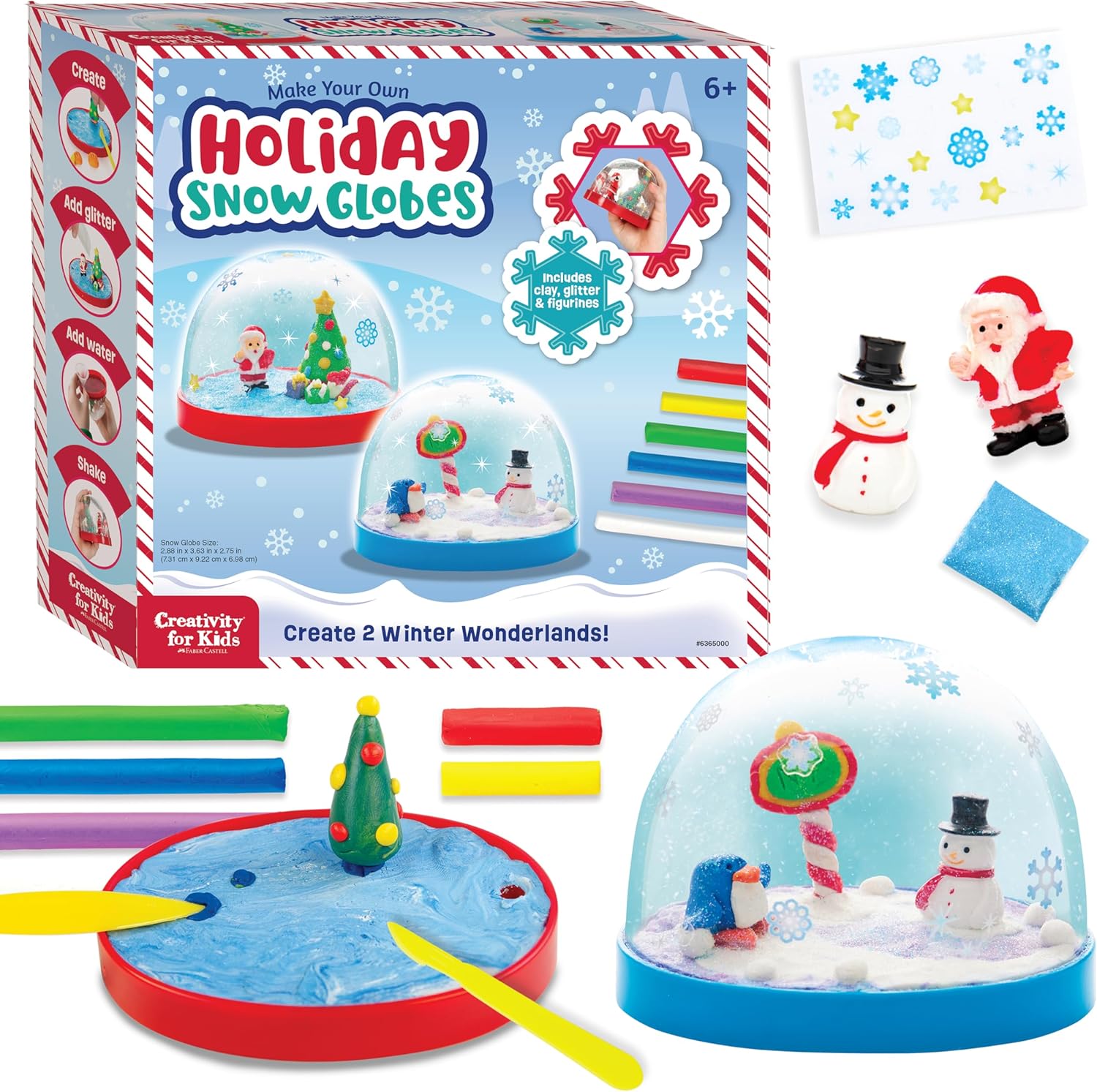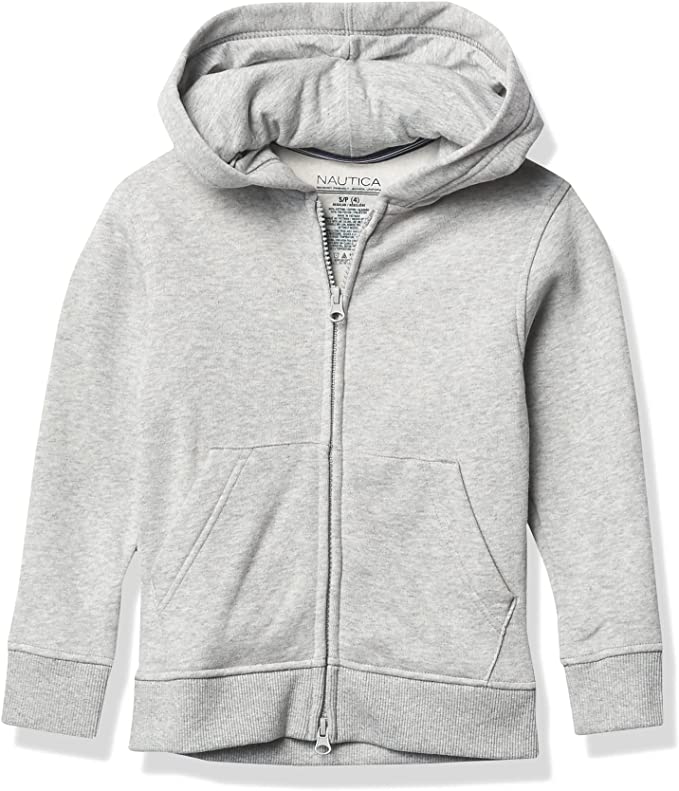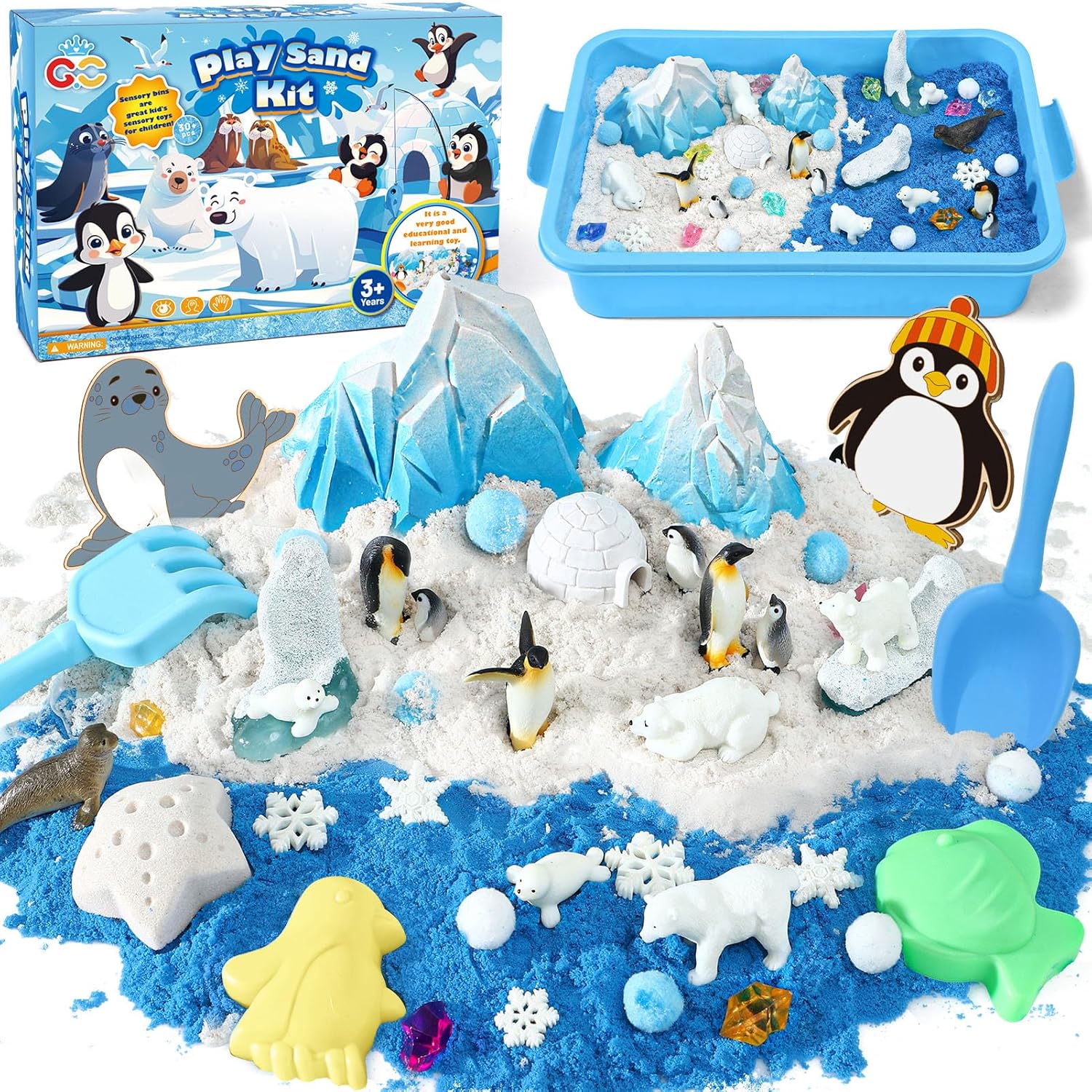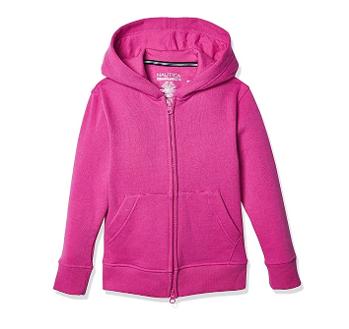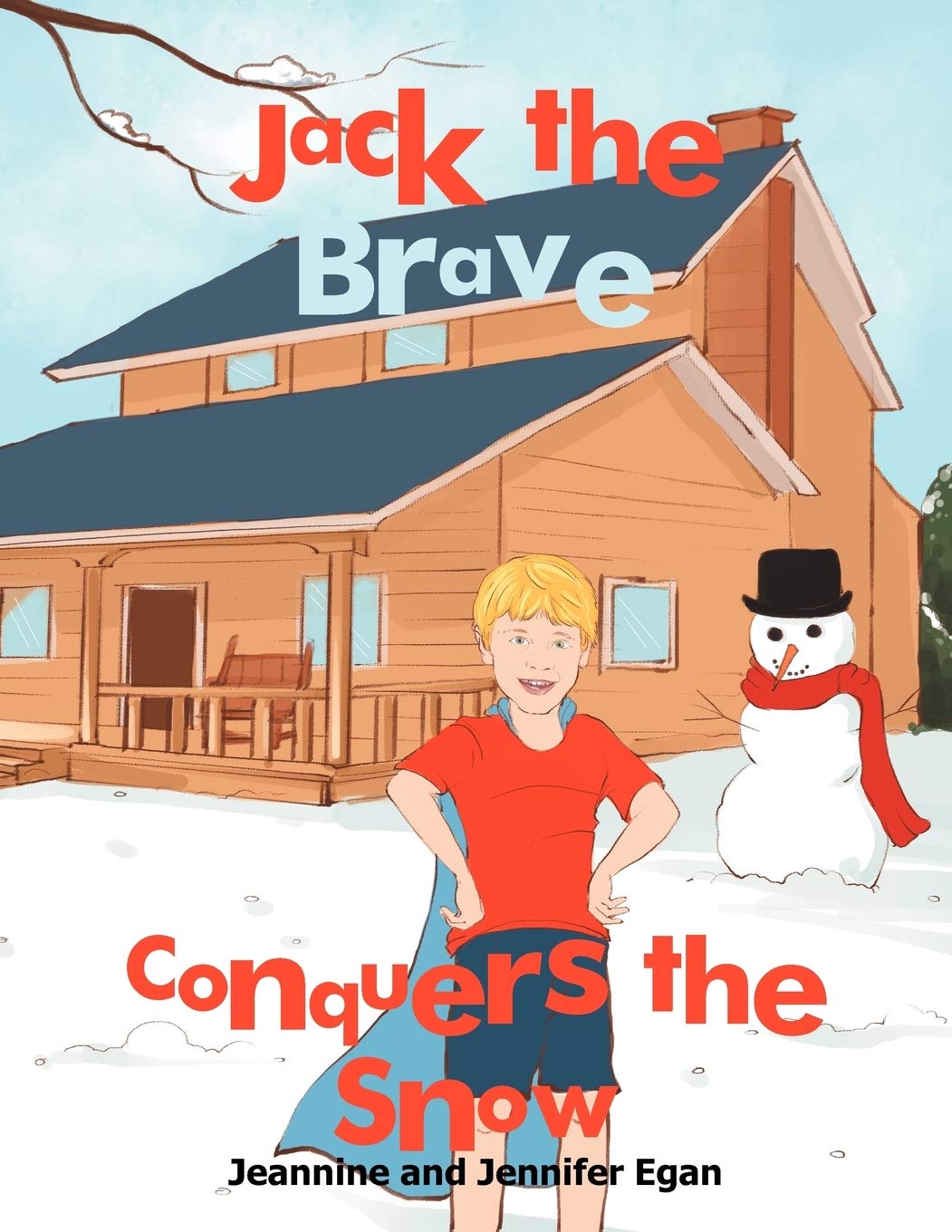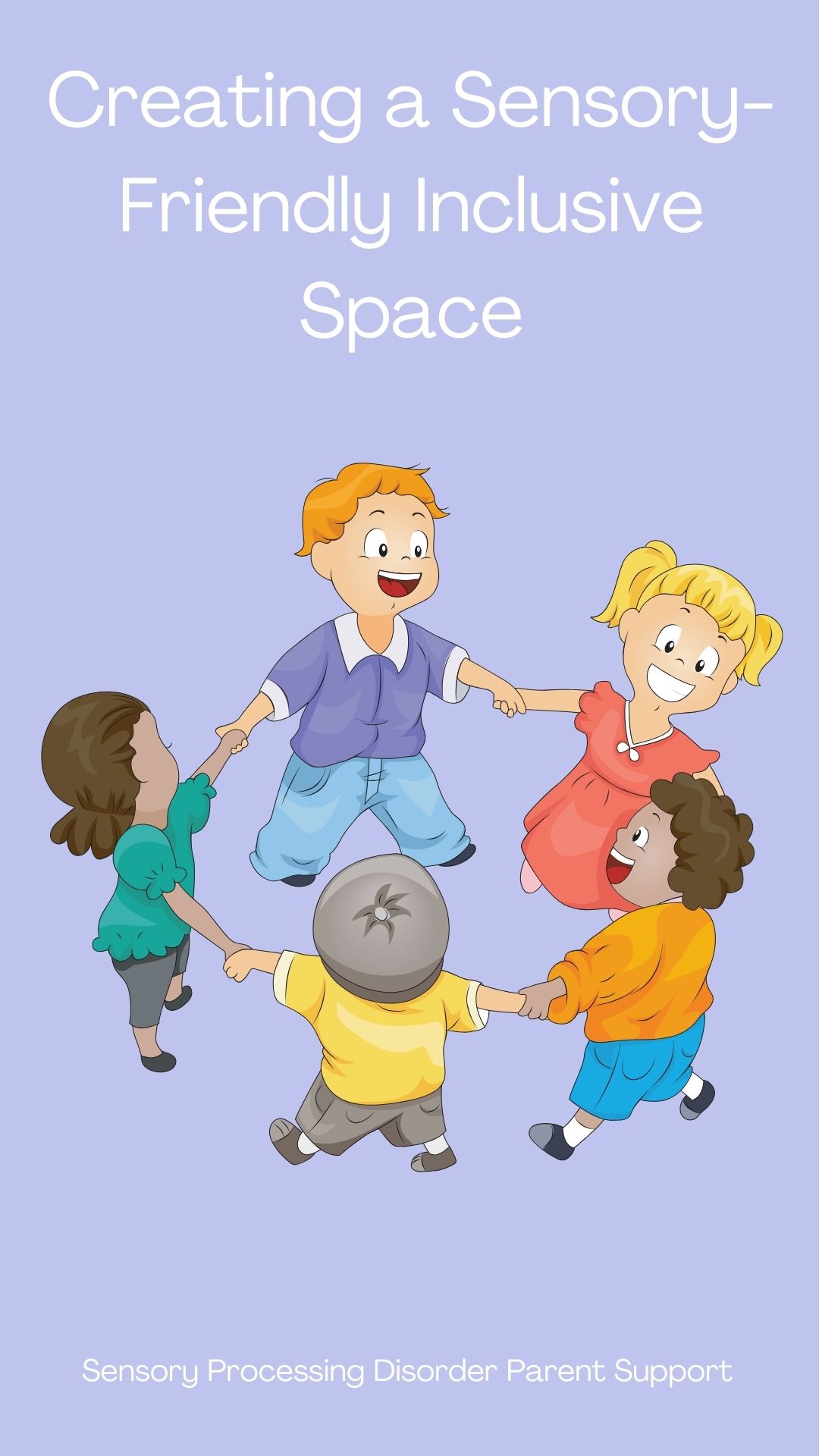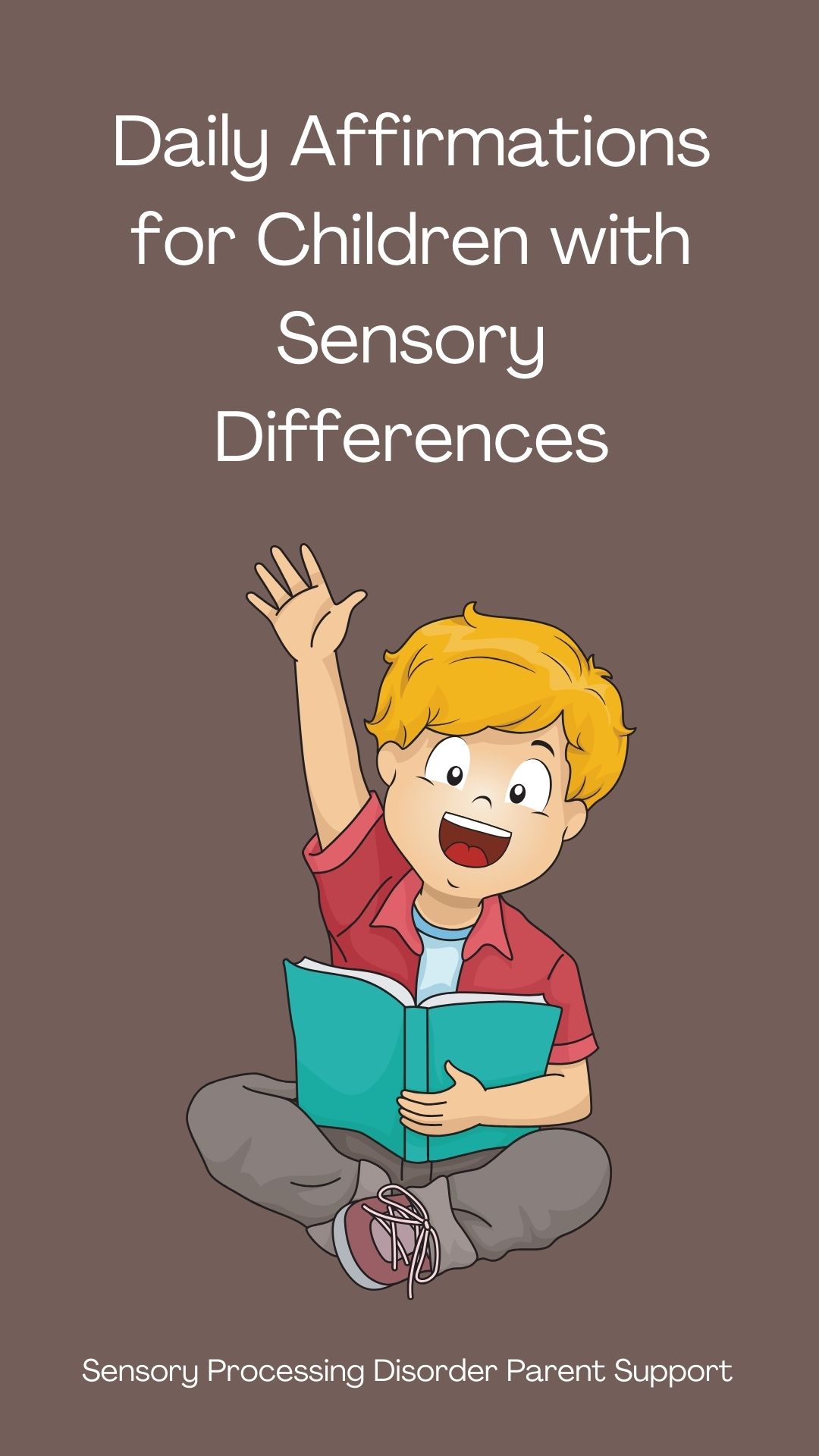I wanted to write an article that offers some practical ideas and strategies to help parents navigate the winter season to ensure their children who are struggling with their sensory differences can not only survive this winter but thrive during these colder months.
Children with sensory processing differences can often experience a heightened sensitivity to sensory input and winter can bring several different sensory triggers. The cold can be overwhelming for some children and can cause them to feel uncomfortable or it can even feel painful for them. Strong winds can also be stressful and can cause sensory overload for some kids. Check in with your children often to see if they are cold or uncomfortable.
Winter clothing such as thick uncomfortable coats, itchy hats, rough scarves and scratchy mittens can be extremely overwhelming for children with tactile defensiveness. The textures of the clothing and restrictions on movement can lead to significant stress, sensory overload and meltdowns.
No one knows your child better than you do and it is best to respect your child's limits and understand when they express when they are finished with an activity or do not want to participate. It can be difficult to let others know when we are feeling overwhelmed so when someone tells you, be respectful of their limits.
The cold dry air can cause dry skin which can be very irritating for a child with tactile sensitivities. Some lotions and hand sanitizers may contain fragrances or chemicals that trigger more sensory sensitivities. When my children were younger I always had to have non scented lotion or my daughter would have meltdowns from the feeling of having dry skin. Use gentle, fragrance-free lip balms and sunscreen to protect delicate skin.
The change in our schedules with daylight savings time, shorter days and holiday events can disrupt our children's routines which can cause anxiety and sensory overload. Less sunlight can cause the winter blues, seasonal effective disorder (SAD) and contribute to more sensory overload and meltdowns than usual.
There are a lot of outdoor winter activities that are sensory friendly and keep our children occupied and active over the winter months. Start with short outdoor activities and gradually increase the time spent in the cold. Use lighter layers of comfortable clothing that can be easily removed or added depending on the child's comfort level. Sensory-friendly fabrics and sensory friendly clothing options can make a big difference to a child with sensitive skin.
Choose winter activities that are engaging and enjoyable for your child. Consider sledding or simply playing in the snow. Including your child's sensory breaks throughout the day to keep them regulated. If your child becomes overwhelmed, provide them with a warm quiet space where they can go to feel calm. Set up a calming space with soft blankets, comfortable cushions and calming sensory tools like weighted blankets or fidget toys.
There are many ways to stay active during the winter months and it is so important to have indoor exercise options for children. Find indoor activities that are engaging and fun such as dancing, jumping on a trampoline or playing active video games. Remember to schedule regular sensory movement breaks each day. Even short movement breaks can help regulate sensory input and improve your child's mood.
It is very important for our children to have comfortable outdoor winter clothing that are sensory friendly. Look for sensory friendly clothing options. There are many different brands now that specialize in clothing designed just for children who struggle with sensory processing disorder. Seamless clothing can minimize irritating seams and tags. Zippers are generally easier for children to manage and less irritating than buttons or snaps. Materials like merino wool or bamboo are often more gentle on sensitive skin.
Changes in a child's winter routine can be challenging for them. It is important to establish a consistent winter schedule. Maintain a familiar routine as much as possible. This can help reduce anxiety and sensory overload. Prepare your child when there will be any changes in their routine such as holiday events or doctor's appointments.
Giving your child a sense of control over their environment can help them feel more secure and less overwhelmed. Prepare your child for winter ahead of schedule using sensory bins, sensory bottles or any sensory winter activities. Reading books to your child about winter is another great way to prepare them.
When we understand the sensory challenges that winter can bring and use sensory strategies, we can help our children with sensory differences navigate the winter season with comfort and confidence. The good news is that with a little planning, winter can be a sensory friendly season too! Here are some outdoor winter activities that are designed to be enjoyable and calming for children who struggle with sensory processing difficulties.
A snow sensory bin can be a fun and engaging sensory activity for children. Fill a large container with snow and add different sensory toys for your child to play with. Encourage your child to explore the snow with their hands, feeling the cold and wet texture and searching for the hidden objects.
Winter is the perfect time to take a nature walk and observe the changes outside that winter brings. Dress warm and comfortable and head out to a local park. Encourage your child to focus on the sounds of the birds, the feeling of the cold crisp air and seeing the snow covered trees. Bring along a thermos of hot cocoa for a cozy treat along the way.
Snow painting is a fun and creative winter sensory activity for children. Fill a spray bottle with water and food coloring and ask your child to spray the snow with the different colors. This activity is great for fine motor skills too.
Building a snowman is a classic winter activity. Encourage your child to roll the snow into balls and help them stack the balls to create a snowman. Decorate the snowman with sticks, rocks or a scarf. Making snow angels is a calming sensory winter activity. Encourage your child to lay down in the snow and move their arms and legs to create an angel. This can be a great way to release energy.
A winter picnic is a great way to enjoy the outdoors while staying warm and cozy. Pack a basket with foods such as warm soup, bread and hot cocoa. Choose a spot in a sheltered area, such as under a tree to protect from wind and snow.
Choose winter sensory activities that are engaging, calming and sensory-friendly. Children who struggle with sensory processing disorder can enjoy winter too.

